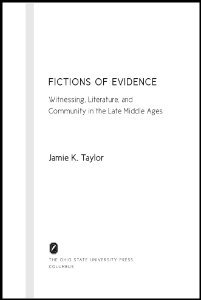By Sarah W. Craun and Alyssa Purdy
There are numerous federal criminal statutes authorizing a sentence of life as the maximum sentence allowed, such as for offenses involving drug trafficking,1 racketeering, 2 and firearms 3 crimes. While convictions under these statutes are common,4 sentences of life imprisonment are rare, accounting for only a small proportion of all federal offenders sentenced during the last six fiscal years. During fiscal years 2016 through 2021, federal judges imposed a sentence of life imprisonment (“life imprisonment sentence”) on 709 offenders. Another 799 offenders received a sentence so long that it had the practical effect of a life sentence (i.e., 470 months or longer) (“de facto life sentence”). Together these two groups of offenders represent only 0.4 percent of the total federal offender population during the last six fiscal years. By comparison, other federally sentenced offenders during this time received a median sentence of imprisonment of 24 months. Due to the infrequency and nature of life imprisonment, such sentences are of heightened interest to policymakers. In February 2015, the United States Sentencing Commission released Life Sentences in the Federal System, examining the application of life sentences by federal courts during fiscal year 2013.5 Using data from fiscal years 2016 through 2021, this report updates and augments the Commission’s previous findings by examining the offenses that led to the life sentences imprisonment imposed, along with offender demographics, criminal histories, and victim-related adjustments
Washington, DC: United States Sentencing Commission , 2022. 40p.



